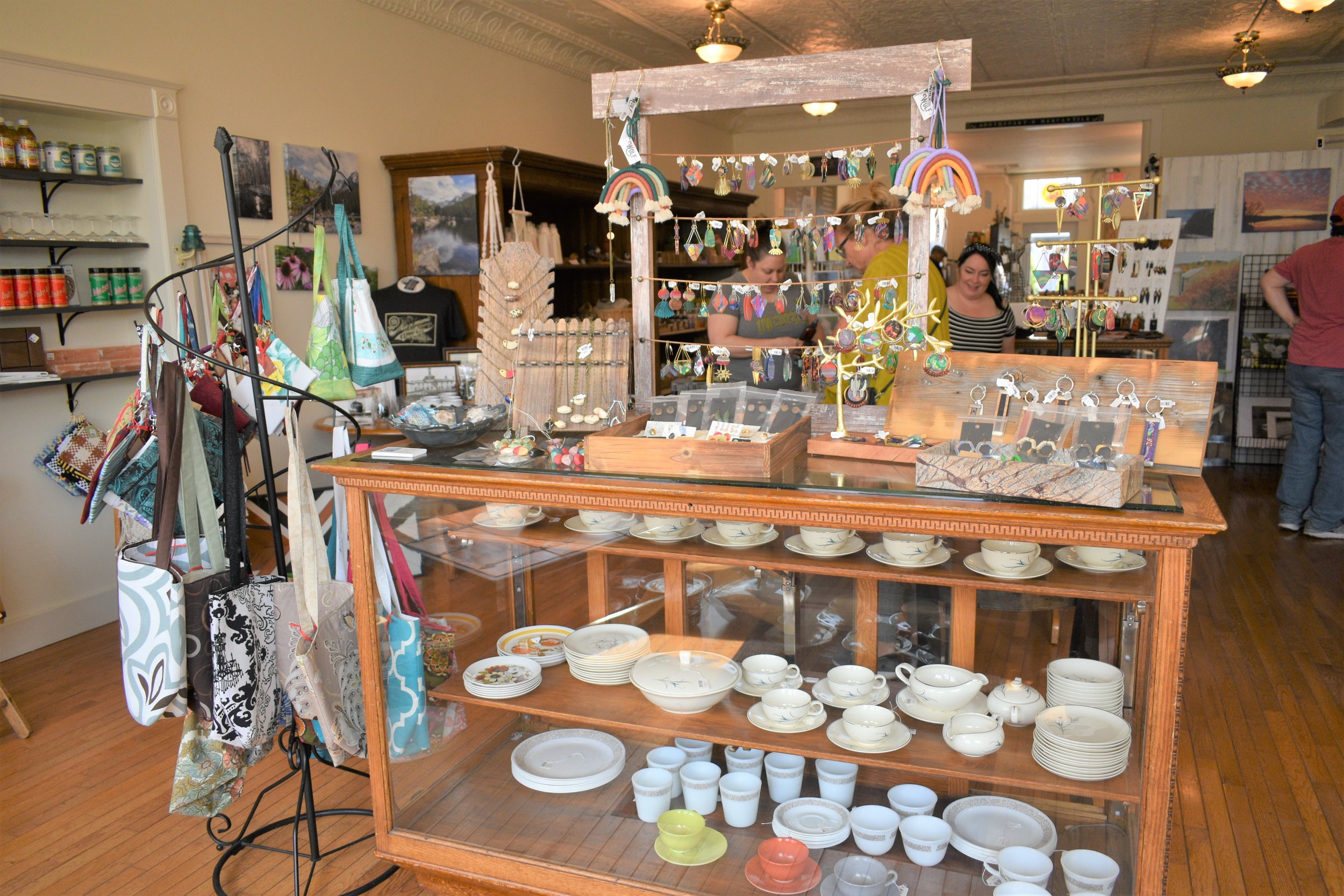Beauty and Power of Native Languages: Ho-Chunk Language Preservation
Editor’s note: This article first appeared in Yukhika (May 2014) - a publication of the Oneida Nation Arts Program.
The fire inside the teepee was burning low; the lengths of split wood that had been arranged neatly in the center of the fireplace throughout the night were now almost reduced to coal. During the evening’s ceremony, the fire chief had shaped the pile of coals into different designs; fine Native American art at its best; a form of art never seen by the general public. The darkness of the night had made the shapes of the glowing embers more pronounced; had made them come to life.
Now here in the early morning hours, while everyone enjoyed a fellowship breakfast, the animated coals had come to a parade rest. It was at this time that an elderly Ho-Chunk (Hocak) woman began speaking on behalf of her granddaughter, whose birthday was being celebrated throughout the night.
The first half of her speech was in Hocak (the "Sacred Language" or the “Big Voice”) because some of the Natives present understood her well. The second half of her speech was in English because most of the Natives present hadn’t the foggiest idea what she was talking about. For grandmother, talking in her Native language came naturally, like feathers on an eagle. It was the English that she had problems with.
That morning she spoke of the beauty of imagery that her Native words invoked. She spoke of the power in the words that caused her to experience life the way the Great Spirit had originally intended for life to be experienced. Her eyes focused on some distant point that only she could see as she reflected on how her Native words seemed to contain some sort of cohesive bond that buoyed her mind, body, soul, and emotions to the earth of her childhood and everything in it. She said that it is the language that walks hand in hand with the culture; that it is the language that makes us who we are.
“Indian languages like all languages are vital expressions of the people who speak them. They carry within them the culture, spirit, history and philosophy of a people.” – Author Unknown
Back in the days when things were new, she intimated, people had a certain way of thinking as a community, a certain way that they had felt towards one another, towards themselves, and towards the Great Spirit.
The culture they had enjoyed, they lived through the spoken word. The language gave them a deep sense of identity; a feeling like being a member of a greater society, a feeling that transcends time. Through the sacred language the old ones felt a sense of unity, of being interconnected, of being a nation.
But it is not that way anymore, grandmother said. Today our young people can't talk our language and for this reason they feel disconnected to their roots. They feel they are on the outside looking in and for this reason their spirits are wounded. Grandmother’s speech made all present want to learn more, made all present want to experience life through the language.
Hocak is a language that is alive, she assured, like a living being, like a dancer in the arena. English is flat, more like so many tracks in the melting snow. To encourage her granddaughter to learn more about the sacred language and thus the culture, she gave this insight, "I speak Indian...you could even say I think Indian."
The HOOCĄK WAAZIIJA HACI or Hocak Nation Language Division, is actively pursuing the encouragement of tribal youth to learn the Hocak language, as it is a threatened language on the verge of extinction. Currently there are around two hundred fluent speakers left; those fluent speakers being of advanced age.
A number of assumptions are held regarding threatened languages. It is believed that when a language is dying off, the afflicted society suffers in a multitude of ways. It is believed that in a society where there is a variety of languages being spoken, that society flourishes and is strengthened. It is believed that local cultures must be supportive of other peoples’ culture and their right to decide for themselves how they are going to cultivate themselves in the shared environment. It is believed that an ethnic group of people who have lost their language are different from their ancestors of the same language and culture base. It is believed that there are three dynamics that bond the relationship between language and culture. These are;
· a language mirrors its culture in the best way befitting a people,
· a language symbolizes its culture,
· a language shapes its culture.
According to their website, “The HOOCĄK WAAZIIJA HACI believes that language planning must promote options, hope and meaning for its people.”
It should be noted, through dedicated elders and other tribal members, media tools and immersion programs, the Hocak are moving forward, passing on their sacred language.





